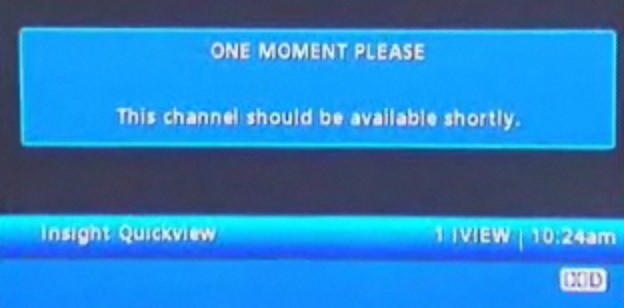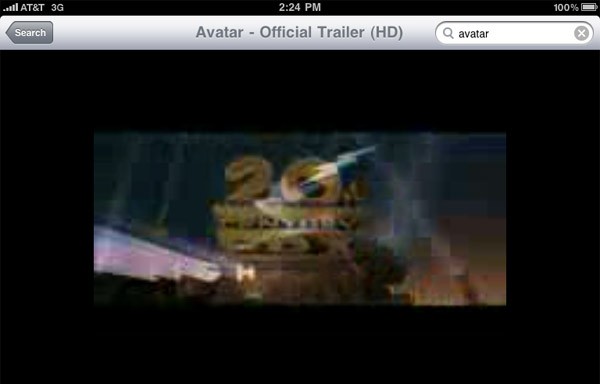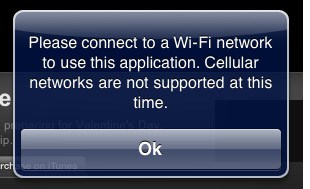 One in eight Americans are poised to drop or curtail their cable, satellite, or telco-TV packages in the coming year because the bill has gotten too expensive, according to a new study.
One in eight Americans are poised to drop or curtail their cable, satellite, or telco-TV packages in the coming year because the bill has gotten too expensive, according to a new study.
With an average cable bill now $71 a month and rising an average five percent a year, middle class consumers are being priced out of pay television according to the Yankee Group. The Boston research firm conducted the study of cable, satellite and telephone-company IPTV services and surveyed 6,000 consumers from across the country.
“At the most basic level, the decision to cut off pay TV services is an economic one,” says Vince Vittore, principal analyst and co-author of the report. “As programmers continue to demand ever higher fees, which inevitably get passed on to consumers, we believe more consumers will be forced to consider coax-cutting.”
Coming on the heels of a steady erosion away from traditional telephone landline service which has threatened the fortunes of major phone companies, the implications of millions of consumers coax-cutting are not lost on cable operators or phone companies getting into the IPTV business.
Back to the Future: Older Americans Going Back to Rabbit Ears When Confronted With Today’s Cable Prices
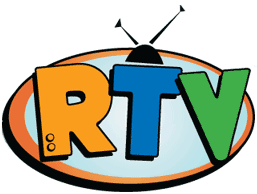
Retro TV is a network that piggybacks on digital television sub-channels in many cities across the country. The network airs classic television shows popular with older audiences.
Those dropping service often take diverging paths for their future entertainment in a cable-free household. Among older consumers, especially those on fixed incomes, it is back to the future with over the air television and a pair of rabbit ears or rooftop antenna designed to receive digital television broadcasts.
Among these consumers, the most common reason for canceling service is cost. Many signed up for cable in the 1970s and 1980s for better picture quality, and with the right rooftop antenna, last year’s conversion to digital television solved that problem for over the air viewers. Post-cable, many are pleasantly surprised to discover new channels piggybacking on traditional stations, several offering classic TV shows from decades past that are familiar and welcome in older Americans’ homes. Even better — no confusing equipment to deal with.
Jesus Chea, 59, of Queens, told the NY Post he ditched his Time Warner subscription “because I’m on a fixed income and I believe it’s not worth the money.”
To get around the $136 monthly bill, the retiree, who lives with his wife and two grown sons, had antennas installed on both of his TVs — at a cost of $298 — taking advantage of last summer’s national conversion from analog to digital broadcasts.
“Antenna is great,” he says, “because they don’t charge you for rent on digital boxes and they don’t charge you for the remote control. When you add up all those extra fees and so many extra [cable] charges, even if it’s three or four extra dollars, they all add up.”
For many others, the arrival of Redbox video rental kiosks in area grocers has replaced the HBO subscription, and has proven to be a worthwhile supplement to the coax-cutter who drops cable service altogether.
The savings from cord cutting can be dramatic. Some have saved upwards of $60 a month — $720 a year just by dropping the cable-TV part of their package. Those kinds of savings have become important when wages are frozen or in decline, jobs are hard to find, and everything else is still going up in cost.
The cable industry has never imagined a country where consumers have quit cable (or satellite) and gone “cold turkey,” especially when upwards of 90 percent of Americans pay for some type of entertainment — pay television, movie rentals, or broadband video.
But as the Yankee Group discovered, Americans are simply tapped out.
Your Father’s Cable TV: Why Would Anyone Under 30 Subscribe?
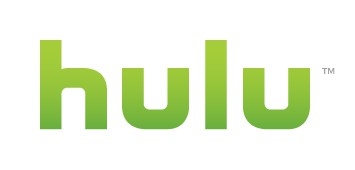 For younger Americans, the addiction to cable or pay television was something that afflicted their parents. They never had a problem dropping service from a cable company with whom they never did business. The teens and twenty-somethings have spent most of their video dollar on broadband and DVD’s for much of their viewing, not cable.
For younger Americans, the addiction to cable or pay television was something that afflicted their parents. They never had a problem dropping service from a cable company with whom they never did business. The teens and twenty-somethings have spent most of their video dollar on broadband and DVD’s for much of their viewing, not cable.
Younger cable subscribers are most at risk for coax cutting, rationalizing they can watch most of their favorite shows online through services like Netflix, Hulu, or websites run by the major American networks. Others download content (legally or otherwise), rent or buy DVD’s, or subscribe to services like Netflix which combine video streaming with DVD rentals-by-mail.
Many of these viewers also own devices that can bring web-based viewing right to their 50-inch television sets, using set top boxes or video game consoles with web connections.
“Admittedly, this is a small phenomenon now, but a number or recent transactions and new items point to a shift in consumer thinking,” said Vittore.
With the increasing ubiquity of Internet-capable devices, the challenge to traditional coax-based cable TV has never been greater.
“Just like with telephone land lines, it’s going to become hard to sell pay TV to anyone under 30,” Vittore said.
Provider Revenge: You Won’t Get Away That Easy!
With billions of dollars at stake, providers and content producers are intent on not allowing a repeat of what happened to the newspaper industry to afflict their business plans. Giving it all away for free is not their idea of a sustainable business model. Keeping tight control over content and its distribution is their ticket to maintaining profits.
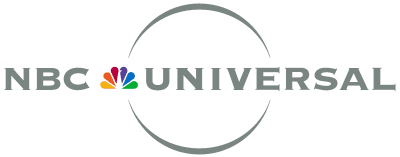
Many Olympic events were not aired on NBC television, instead moved to NBC Universal-owned cable networks.
Older Americans who’ve gone back to over the air television are least susceptible to provider revenge, but content is still king and the cable industry will own an increasing percentage of it if the NBC-Comcast merger is approved. While the two companies are currently promising not to dispense with free over the air broadcasting, an increasing amount of content could be diverted to pay television channels like cable sports networks, movie networks, and general interest basic cable channels. Broadcasters themselves are now hungry for the same dual-revenue stream their cable competitors already enjoy – advertising income and subscription fees.
Most of the coming wars over pay entertainment are expected to be fought on the broadband battlefield. For younger Americans relying on Hulu and other video streaming services, subscription fees are coming. Hulu promises to keep some free viewing options open, but additional access to back episodes or certain series are likely to be restricted only to those who agree to pay an anticipated $9.95 per month. The cable industry’s own TV Everywhere streaming services offers a clearer dividing line — its available only for those who maintain their pay television package.
Broadband providers, often the same companies that stand to lose from the retreat from television subscriptions, are considering making up the difference with limits on broadband service to make sure consumers can’t watch too much online, or charging consumption fees for heavy online viewers to make up their losses on the TV side.
The long-standing business relationship between content producers and distributors, such as those between Hollywood studios and cable companies, have led to a united front against would-be competitors. For consumers seeking access to the latest Hollywood movies through low cost rental services or online video, expect to wait longer. The window of time between a movie release in the theaters and when it becomes available for rental through Redbox or Netflix is growing longer to protect video-on-demand revenues for the cable industry and DVD sales for Hollywood.
Some consumers don’t mind the wait, but are still regularly reminded what they can miss when they don’t agree to a monthly pay television bill.
Jeremy Levinn, a 27-year-old personal trainer from Manhattan, told the Post he jumped the cable ship last year, but Time Warner Cable reminded him whose still boss during the Olympics, when numerous events were available only on Universal-owned cable channels including USA, CNBC and MSNBC and not broadcast over the air.
[flv width=”384″ height=”236″]http://www.phillipdampier.com/video/CNN Converging Broadband and Television April 2010.flv[/flv]
CNN aired this review of the next generation of television sets capable of connecting with your broadband service to receive television shows and movies over the Internet. (4 minutes)
![]() More than 300,000 residents from Louisville to Lexington in Kentucky and north into Indiana were left with no cable service for more than nine hours today after an equipment failure at an Insight Communications office on Okolona Road wiped out analog cable.
More than 300,000 residents from Louisville to Lexington in Kentucky and north into Indiana were left with no cable service for more than nine hours today after an equipment failure at an Insight Communications office on Okolona Road wiped out analog cable.

 Subscribe
Subscribe
